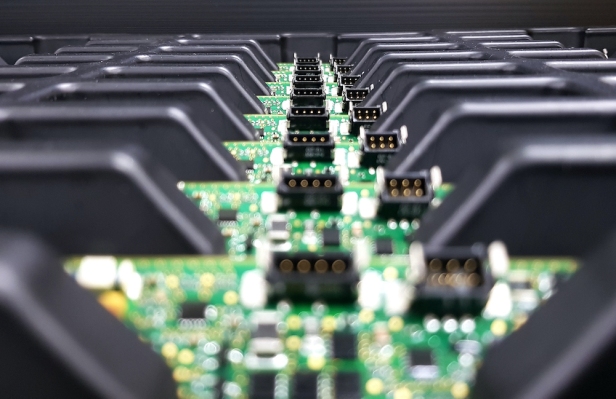Scrona AG caused a minor splash all the way back in 2015 when it snagged a Guinness World Record for the “smallest inkjet-printed color image.” The 80 × 115 micrometer picture of clownfish was a great talking point for a firm in the midst of a Kickstarter campaign.
These days, the ETH Zurich spinoff has even bigger ambitions, with plans to scale its tiny printing tech in a bid to bring additive manufacturing/3D printing into the world of mass manufacturing. In particular, it’s eyeing applications for electronics, including displays, PCBs and semi-conductors — the latter of which is certainly a category many are eager to disrupt amid ongoing chip shortages.
“Scrona is enabling customers to digitally print the impossible – on any material, at scale, improving the speed, accuracy and cost of manufacturing today and tomorrow’s innovative products,” Scrona co-founder and CEO Patrick Galliker said in a release. “We are very excited to be supported by this syndicate of expert investors who understand the disruptive potential of Scrona’s scalable printing technology, which has the ability to reduce manufacturing steps 10-fold, while also significantly reducing material, energy and water usage.”
Those plans got the green light into the form of new funding, including a $6.7 million Series A led by AM Ventures and a $2.9 million grant from the Swiss Secretariat for Education, Research and Innovation, bringing the round a bit shy of an even $10 million.
Using its tech, the firm says it’s able to print faster and far more precisely than through more traditional 3D printing methods, offering up to 100x resolution. The system is based on electrostatic ejection, which allows for printing in a variety of materials, from metals to biomaterials.
“There is enormous potential of the Scrona technology in additive manufacturing because its technology can process materials that are simply not processable with other printheads today,” said AM Ventures’ Johann Oberhofer in a release. “The combination of the highest resolution and the ability to overcome restrictions around high-performance materials of current processes is unique.”


![Read more about the article [Funding alert] Synapsica Healthcare raises $4.2M from IvyCap Ventures and Endiya Partners for global expansion](https://blog.digitalsevaa.com/wp-content/uploads/2021/06/Photograph-PressRelease-1624435216101-300x127.jpg)







